5 Best Wireless Docking Chargers for Power Users
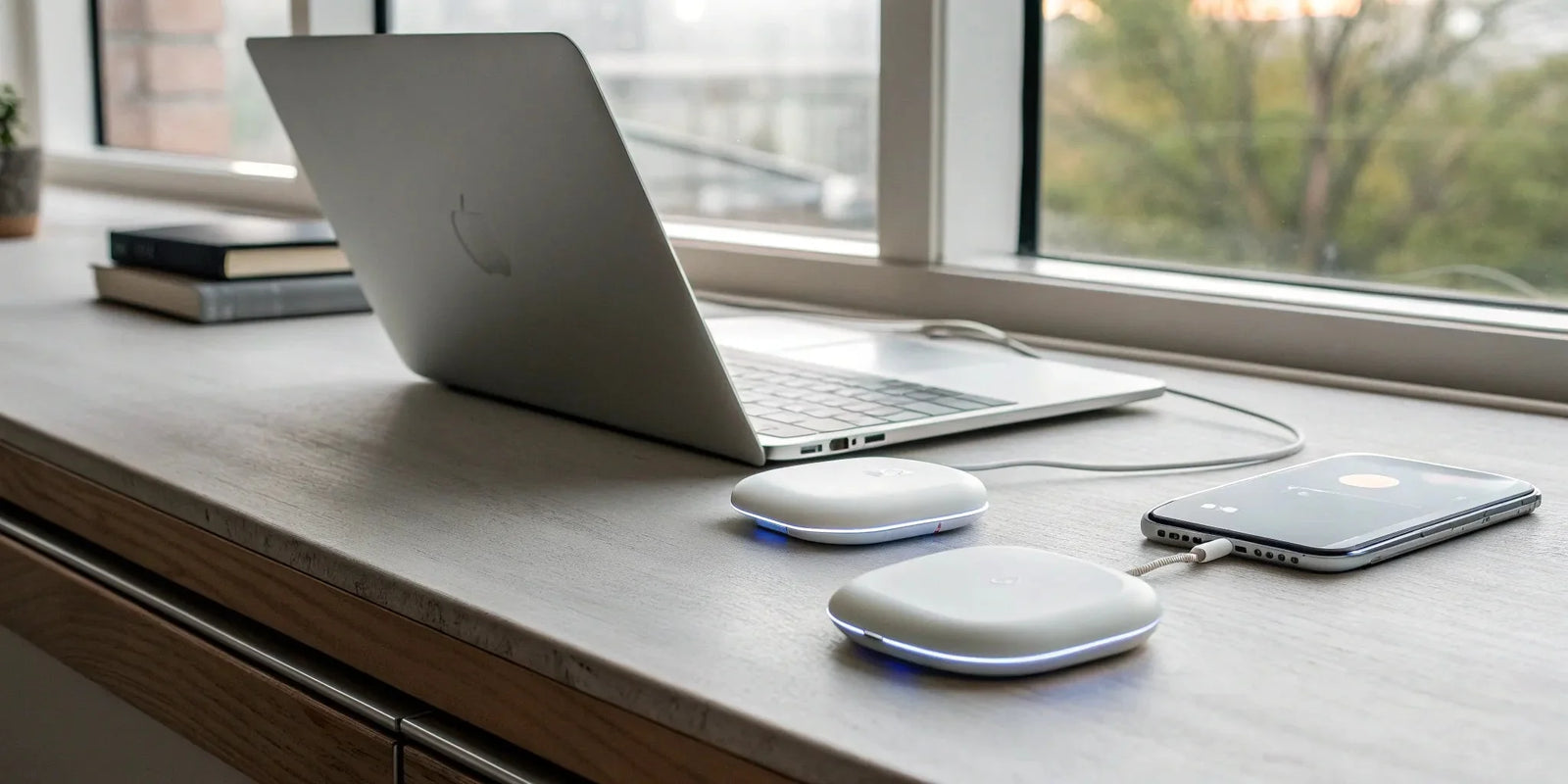
You’ve invested in a great smartphone, a capable smartwatch, and high-quality earbuds. Now, it’s time to invest in how you power them. Constantly plugging and unplugging cables can wear out the charging ports on your expensive devices over time. A wireless docking charger offers a smarter, safer way to keep everything powered up. By providing a stable, centralized charging station, it not only eliminates cable clutter but also protects your tech from unnecessary damage. It’s a small upgrade that makes a big difference, ensuring your most important devices are cared for properly and always ready for action. Let’s explore how to find a reliable charger that fits your lifestyle.

Portable Solar Power Bank 26800mAh - 99Wh Fast Charger
Lithium Polymer (Li-Po) battery. PD fast charging. Holds up to 8 days of reliable power on a single charge. Boasts a charging speed 50% faster than ordinary portable chargers.
Shop NowKey Takeaways
- Your wireless charger is only as fast as its power source: To get the quick charging speeds you expect, connect your wireless pad to a modern, high-wattage wall adapter. Using an old, slow power brick will prevent your charger from reaching its full potential.
- Prioritize built-in safety features to protect your tech: A reliable wireless charger does more than just power up your phone; it safeguards it. Look for key functions like temperature control and overcharge protection to preserve your device's long-term battery health.
- Streamline your space with a multi-device charger: Instead of juggling multiple cords, choose a wireless docking station that can power your phone, watch, and earbuds all at once. It’s the easiest way to create an organized, clutter-free charging hub.
What is a Wireless Docking Charger?
If your nightstand or desk looks like a tangled mess of charging cables, you’re not alone. A wireless docking charger is the simple, elegant solution to that clutter. Think of it as a central power hub for your essential devices—phone, smartwatch, earbuds—that charges them all without you having to plug in a single cord. You just place your gadgets on the designated spots, and they start powering up. It’s a game-changer for anyone who wants a streamlined setup and the peace of mind that comes with knowing your devices are always juiced up and ready to go.
These chargers use a cool piece of tech called electromagnetic induction to send power from the dock to your device's battery. It’s a clean, efficient way to charge that cuts down on the daily wear and tear on your device’s charging ports. For busy professionals, frequent travelers, or anyone who appreciates an organized space, a wireless docking charger is less of a gadget and more of a lifestyle upgrade. It simplifies your routine so you can grab your fully charged gear and get on with your day.
How Does Wireless Charging Work?
It might feel like magic, but wireless charging is all about science. The process works through something called electromagnetic induction. Inside the charging dock is a transmitter coil, and inside your phone is a receiver coil. When you place your device on the dock, the transmitter coil creates a magnetic field. This field then induces an electric current in your device's receiver coil, which is what charges the battery.
In simpler terms, the charger and your device "talk" to each other through a magnetic field to transfer power. As the experts at Belkin explain, wireless charging works by using an electromagnetic field to transfer power without cables. The whole process is automatic and seamless, so you don't have to think about it. It’s a reliable technology that also saves your charging port from the daily grind of being plugged and unplugged.
The Pros and Cons of Going Wireless
The biggest win for wireless charging is pure convenience. No more fumbling for the right cable in the dark or untangling a knot of cords. You just set your device down, and it starts charging. This creates a much cleaner, more organized look for your space. Plus, a good docking station can power up your phone, watch, and earbuds all at once. Many people also find that wireless charging is generally safe for their device's battery, as it’s designed to manage power flow intelligently.
Of course, there are a couple of trade-offs. Wireless charging can sometimes be a bit slower than using a powerful wired option, like one of KEUTEK's fast wall chargers. You also can’t really pick up your phone and scroll through social media while it’s sitting on the charging pad, which is something to keep in mind if you’re a frequent multi-tasker.
Wireless Charging Myths, Busted
Let's clear the air on a few common misconceptions about wireless charging. One of the biggest myths is that it’s somehow unsafe for you or your devices. The truth is, wireless chargers are designed with multiple safety protocols and emit a very low-energy field that is perfectly safe for everyday use. Another worry is that it will degrade your phone’s battery over time. This is also false; your smartphone is smart enough to stop drawing power once it’s fully charged, preventing any damage from overcharging.
Finally, there's the idea that wireless charging is significantly slower than plugging in. While this was true in the early days of the technology, modern wireless chargers have come a long way. The speed gap has narrowed considerably, and for overnight charging or topping up during the day, the convenience often outweighs any minor difference in speed.
How to Choose the Best Wireless Charger
Picking a wireless charger might seem straightforward, but a few key factors separate a slow, frustrating experience from a fast and seamless one. Before you add one to your cart, it’s worth thinking about what you really need. Considering everything from power output to safety features will help you find a charger that not only works for your devices but also fits perfectly into your life. Let’s walk through the five most important things to look for.
Speed and Power: What You Need to Know
Not all wireless chargers deliver the same speed. While most use the universal Qi charging standard, their power output—measured in watts (W)—can vary a lot. A basic charger might offer 5W, which is fine for overnight charging. But if you want a quick power-up, you’ll need more. iPhones can charge at 7.5W, while many Android phones can handle 10W or even 15W. To get these faster speeds, you need to make sure the charger supports your device’s specific protocol. Just as importantly, you need to plug the charging pad into a powerful enough fast wall charger to supply the necessary juice.
Check for Universal Compatibility
It sounds obvious, but always double-check that the charger you’re buying is compatible with your specific devices. This is especially true if you’re charging more than just your phone. Do you have wireless earbuds or a smartwatch? Some chargers are designed specifically for certain brands or models, while others offer more universal support. Look at the product description for a list of compatible devices. Choosing a charger that works with a wide range of products ensures it will still be useful even after you upgrade your phone or buy new gadgets. This way, you’re investing in a long-term solution, not just a temporary fix.
Don't Skip These Safety Features
Handing over your expensive smartphone to a new accessory can be nerve-wracking, and concerns about overheating are valid. Reputable wireless chargers have built-in safety features to protect your devices. Look for things like temperature control, which prevents the charger and your phone from getting too hot. Overcharge protection is another critical feature that stops the current once your battery is full, which helps preserve its long-term health. Many chargers also include foreign object detection, which shuts off power if it detects something like keys or coins on the pad, preventing potential damage.
Charging More Than One Device?
If your desk or nightstand is cluttered with cables for your phone, smartwatch, and earbuds, a multi-device charger can be a game-changer. These docking stations let you power up two or three devices simultaneously from a single outlet. You can find them in different configurations, from flat pads that charge two phones side-by-side to stands that have dedicated spots for each gadget. This is an incredibly convenient option for anyone in the Apple or Samsung ecosystem, and it’s perfect for families or couples who need a central charging hub. It’s an easy way to keep all your essential tech organized and ready to go.
Look for Quality Design and Materials
A wireless charger is something you’ll see and use every day, so its design and build quality matter. A well-designed charger often features non-slip surfaces to keep your phone securely in place. The materials make a difference, too—a sturdy base prevents it from tipping over, while premium finishes can make it a stylish addition to your home or office. Look for durable construction that feels solid, not flimsy. A charger with a thoughtful design also considers things like the brightness of its indicator lights, ensuring they won’t disrupt your sleep if the charger is on your nightstand.
The Best Wireless Docking Chargers on the Market
With so many options out there, finding the right wireless charger can feel overwhelming. To make it easier, I’ve broken down my top picks into different price categories. Whether you’re looking for a top-of-the-line powerhouse or a reliable budget-friendly option, you’ll find a great fit here. We’ve focused on chargers that deliver on their promises of speed, safety, and solid design, so you can spend less time worrying about battery life and more time getting things done. A great wireless docking station isn't just about cutting cords; it's about creating a central, organized hub for the tech you rely on every day. It simplifies your routine, clearing clutter from your desk or nightstand and ensuring your devices are always ready to go.
These recommendations are based on extensive testing and a close look at performance, features, and overall value. I’ve considered everything from charging speed and device compatibility to build quality and essential safety certifications. Think of this as your curated list of the best wireless docking stations available right now, designed to help you find the perfect match for your devices and your lifestyle. We'll explore the best of the best, premium contenders, solid mid-range choices, and budget-friendly picks that don't compromise on safety.
Our Top Pick: KEUTEK's ProSeries
After testing the leading models, KEUTEK’s ProSeries wireless chargers stand out as the best overall choice. They strike the perfect balance between high-speed charging, smart design, and durability. This charger is built for the power user who needs to charge multiple devices—like an iPhone, Apple Watch, and AirPods—quickly and all at once. The magnetic connection is strong and satisfying, ensuring your devices snap into place perfectly every time for an efficient charge. It’s the kind of reliable, no-fuss gear you want on your desk or nightstand, especially when you depend on your devices to be ready to go when you are.
Best Premium Chargers (Over $80)
If you’re looking for a premium charger with a long-standing brand reputation, companies like Belkin offer excellent options. Their wireless chargers are known for their quality construction and safety certifications, and they are designed to work seamlessly with popular devices from Apple and Samsung. In this price range, you can expect features like advanced safety protocols, premium materials, and designs that complement your high-end tech. These chargers are a solid investment for anyone who prioritizes brand trust and wants a device that’s been specifically optimized for their smartphone, watch, or earbuds.
Best Mid-Range Chargers ($40-$80)
The mid-range category is the sweet spot for getting great features without the premium price tag. Here, you’ll find versatile chargers that can power multiple devices at once, helping you cut down on cable clutter. For example, many chargers in this range feature dual pads or stands to charge a phone and earbuds simultaneously. This is perfect for your desk or nightstand, creating a single, organized hub for your daily essentials. You get the convenience of a multi-device setup and solid performance, making it a fantastic value for most people.
Best Budget-Friendly Chargers (Under $40)
You can definitely find a reliable wireless charger for under $40, but it’s important to shop smart. In this price range, focus on the fundamentals: safety features and compatibility. While wireless charging is generally safe for your device’s battery, it’s best to choose a charger from a reputable brand that clearly lists its safety certifications, like overcharge and overheating protection. Double-check that it’s compatible with your specific phone model to ensure you get a proper charge. A simple, single-device pad from a known brand is often your best bet for a safe and effective charge on a budget.
Essential Safety and Performance Features
A great wireless charger does more than just power up your devices; it protects them. When you're shopping, it's easy to get focused on speed and design, but the safety and performance features working behind the scenes are what truly make a charger reliable. These features not only safeguard your expensive tech from damage but also ensure your batteries have a long, healthy life. From preventing overheating to making sure power is delivered efficiently, understanding these key functions will help you choose a charger you can trust with your most essential devices. Let's look at the non-negotiable features every quality wireless charger should have.
Protect Your Battery with Overcharge Protection
Your phone's battery is its lifeline, and overcharging can shorten its lifespan. That's where overcharge protection comes in. This essential safety feature automatically stops the flow of electricity once your device's battery is full. Think of it as a smart guard that prevents your battery from being stressed by excess power. Reputable brands build their wireless chargers with this technology, often alongside other safeguards like thermal control. By choosing a charger with this feature, you’re making a smart investment in the long-term health of your devices, ensuring they stay powered and ready for years to come without unnecessary wear and tear on the battery.
Keep it Cool: Why Thermal Management Matters
Have you ever picked up your phone after charging and noticed it was hot? A little warmth is normal, but excessive heat is a battery's worst enemy. High-quality wireless chargers have built-in thermal management systems to prevent overheating. These systems monitor the temperature and adjust the charging speed or even pause charging if things get too warm. This is crucial because heat degrades battery capacity over time, meaning it won't hold a charge as long. By keeping temperatures in a safe range, a charger with good thermal management not only protects your device from potential damage but also helps preserve its overall longevity, so you can rely on it for the long haul.
What is Foreign Object Detection?
A wireless charger's surface should be for your devices and nothing else. But what happens if you accidentally leave your keys or a coin on the charging pad? That's where Foreign Object Detection (FOD) becomes a critical safety feature. FOD technology senses when a metallic object that isn't a compatible device is on the pad. When it detects something like this, it cuts the power transfer. This prevents the charger from sending energy to the metal object, which could cause it to heat up dangerously and potentially damage the charger or even create a fire hazard. This is one of the key ways safe wireless chargers protect both your gear and your home.
Smart Charging for Your Devices
Not all devices charge the same way. Your earbuds need less power than your smartphone, which needs less than a tablet. Smart charging technology allows a wireless charger to identify the device placed on it and deliver the optimal amount of power. Instead of sending a one-size-fits-all electrical current, it customizes the output for faster, more efficient charging without overloading the device's battery. This intelligent power delivery works by using an electromagnetic field to transfer energy safely and effectively. This ensures each of your devices gets exactly the power it needs, protecting the battery and getting you back to full power as quickly as possible.
Read the Signs: Understanding Status Lights
Those little blinking lights on your wireless charger aren't just for show—they're communicating important information. Status lights are your at-a-glance guide to what's happening with your device. A solid light typically means your device is charging correctly, while a blinking light might signal a problem. For example, it could indicate that your phone is misaligned on the pad or that a foreign object is interfering with the connection. Learning to troubleshoot wireless charging by understanding these visual cues can save you the frustration of waking up to a dead phone. It’s a simple feature that provides peace of mind, confirming that everything is working as it should.
How to Set Up Your Wireless Charging Station
You’ve picked out the perfect wireless charger—now it’s time to get it set up for peak performance. While it might seem as simple as plugging it in, a few thoughtful steps can make a world of difference in charging speed and convenience. Creating a dedicated charging station not only keeps your devices powered up but also helps declutter your desk or nightstand. Let’s walk through how to create a setup that’s efficient, organized, and ready for your daily routine.
Find the Perfect Spot
Wireless charging uses an electromagnetic field to transfer power, so where you place your charger matters. Start by finding a flat, stable surface where the charger won't get knocked around, like a desk, countertop, or nightstand. Avoid uneven surfaces or soft materials like a bedspread, which can interfere with the connection and generate excess heat. For the most efficient charge, you’ll want to align your device’s charging coil with the one in the pad. Think of it like hitting a bullseye—a direct connection ensures a faster, more reliable power transfer every time you set your phone down.
Get the Right Power Source
Plugging your new wireless charger into an old power brick is one of the most common setup mistakes. To get the fast charging speeds your new gear is capable of, you need to pair it with the right power source. Most high-speed wireless chargers require a USB-C Power Delivery (PD) or Qualcomm Quick Charge compatible adapter. Using the standard 5W cube that came with an old phone will significantly slow things down. Investing in a powerful wall adapter ensures your charging station gets the juice it needs to power your devices quickly and safely. Make sure you have a quality fast wall charger to complete your setup.
Tips for a Multi-Device Setup
If you’re juggling a smartphone, smartwatch, and wireless earbuds, a multi-device charging station is a game-changer. These docks let you power up all your essential gadgets in one centralized spot, eliminating the need for multiple chargers and outlets. When choosing a spot for a multi-device charger, make sure you have enough space for all your devices to sit comfortably without overlapping. Some models even include thoughtful features like a built-in magnetic charger for your Apple Watch or an extra USB port to power a fourth device. This kind of setup streamlines your routine, ensuring everything is fully charged and ready to go when you are.
Keep Your Cables Tidy
One of the best parts of a wireless charging station is its ability to reduce cable clutter. A tidy space can help you feel more organized and focused. While the goal is to go wireless, your charging station itself still needs to be plugged in. Use a high-quality, durable cable that can handle fast charging speeds without fraying. You can use cable clips or ties to tuck the single power cord away neatly behind your desk or nightstand. This creates a clean, minimalist look and keeps your charging station the star of the show, not the messy cords behind it.
Get the Most Out of Your Charger
You’ve invested in a great wireless charger—now it’s time to make sure you’re getting every bit of performance out of it. Using your charger correctly not only ensures the fastest possible speeds but also helps protect your device’s battery for the long haul. A few simple habits can make a huge difference in your day-to-day charging experience. Think of it as the final step in creating a seamless, powerful charging setup. These tips will help you sidestep common frustrations and keep your gear running smoothly.
Place Your Device for the Fastest Charge
One of the most common reasons for slow or failed wireless charging is simple misalignment. Inside your phone and your charger are coils that transmit and receive power; for them to work efficiently, they need to be lined up. If your phone isn't charging, try nudging it around on the pad. You’re looking for that "sweet spot" where the connection is strongest. Most phones will give you a visual or sound cue when charging begins. Taking a second to get the placement right ensures you’re getting a solid, speedy charge every time and helps avoid common wireless charging issues.
Simple Maintenance for Long-Lasting Performance
To keep your device's battery healthy, it’s a good idea to unplug it once it’s fully charged. While modern devices have built-in protections, consistently leaving a phone at 100% charge can put minor stress on the battery over time. Many chargers, including KEUTEK’s, feature overcharge protection to help with this, but it’s still a good habit to practice. Also, make sure to keep the surfaces of your charger and device clean. Dust and debris can sometimes interfere with the connection, and a quick wipe-down is all it takes to maintain a strong link between the charging coils.
How to Optimize Charging Speed
If your phone is charging slower than you expected, check your power source. A high-speed wireless charger can’t deliver its top performance if it’s plugged into a weak power adapter. To get the fastest speeds, you need to pair your wireless pad with a powerful wall block that can supply enough wattage. For example, if your wireless charger is rated for 15W, plugging it into an old 5W adapter won't work. Make sure you’re using one of the fast wall chargers designed to support modern charging speeds.
Fixing Common Charging Problems
Is your charger acting up? Let’s run through a few quick fixes. If your device gets unusually warm, it might be misaligned, which causes the charger to work harder than it needs to. A little warmth is normal, but excessive heat is a sign to readjust. Some phone cases, especially thick ones or those with metal plates, can also block the charging signal. If you’re having trouble, try removing the case. And while some people have concerns about wireless charger safety, quality chargers are built with safety features like thermal management to prevent overheating.
How to Shop Smart for Your Next Charger
Shopping for a new charger can feel a bit like wandering through a maze. With so many options, specs, and price points, it’s easy to just grab the first one you see. But a little bit of know-how can make a huge difference in how quickly your devices power up and how long they last. Think of your charger as an investment in your tech. A great one keeps you connected and protects your expensive gadgets, while a cheap one can be slow, unreliable, and even risky.
For anyone who relies on their devices—whether you're a traveler, an outdoor adventurer, or a busy professional—having a dependable power source isn't just a convenience; it's essential. A dead phone in an emergency or a fried laptop before a big presentation is a scenario we all want to avoid. That's why it pays to be discerning. The right charger delivers power efficiently, adapts to your device's needs, and is built with safety features that prevent overheating or damage. In the following sections, we'll break down exactly what to look for, from understanding power protocols to spotting durable materials. Let's walk through a few key things so you can shop with confidence and find a charger that truly meets your needs.
First, Figure Out What You Need
Before you even start browsing, take a look at the devices you need to power. What are their charging requirements? When you're selecting a charger, it’s crucial to ensure it supports your device’s specific fast-charging protocol. If there's a mismatch, you could be stuck with frustratingly slow 5W charging, even if both your phone and charger are technically "fast." Check your device's specs for its maximum charging speed (measured in watts) and what technology it uses (like USB-C Power Delivery). This simple step ensures you get the speed you're paying for and can get back to full power in no time. For example, a powerful ProSeries Max is perfect for a laptop, but might be overkill for your wireless earbuds.
Why You Should Always Check the Warranty
A warranty is more than just a piece of paper; it’s a company’s promise that they stand behind their product. A strong warranty often indicates that a charger has been built with quality components and has undergone rigorous testing. Top-tier brands invest in safety, incorporating features like thermal control to prevent overheating and overcharge protection to safeguard your device's battery life. When a company is confident enough to offer a solid warranty, it’s a good sign that you’re getting a reliable product designed for safety and performance. Don't overlook this detail—it’s one of the easiest ways to separate the great chargers from the duds.
Choose a Charger That Will Last
Let's be real: nobody wants to replace their charger every few months. Durability is key. Look for chargers made with high-quality materials that can handle the bumps and scrapes of daily life, especially if you’re a frequent traveler or outdoor adventurer. And if you're going wireless, you can rest easy knowing that the technology itself is built for the long haul. Wireless charging uses an electromagnetic field to transfer power and is generally safe for your device's battery. Investing in a well-built charger from a reputable brand means you're not just buying a power source; you're getting a reliable piece of gear that will keep your devices running for years to come. A sturdy fast wall charger is a staple for any home or office.
Bonus Features to Look For
Once you've covered the basics of power and durability, you can look for features that make life a little easier. If speed is your top priority, seek out chargers that offer higher outputs like 15W or even 25W for incredibly fast charging. Just make sure your device can handle these faster speeds to take full advantage. Also, consider compatibility. Many modern chargers are designed to work with a wide range of devices. Look for universal standards like Qi, which powers everything from the latest Samsung Galaxy phones to Apple AirPods. This versatility means you can power multiple gadgets with a single, streamlined solution, like a multi-port fast car charger for on-the-go power.
Related Articles
- Can I Use a Wireless Charger with Any Phone?
- Wireless Charging Phone: Your Complete Guide
- Wirelessly Charge Smarter: Your Ultimate 2025 Guide

Portable Solar Power Bank 26800mAh - 99Wh Fast Charger
Lithium Polymer (Li-Po) battery. PD fast charging. Holds up to 8 days of reliable power on a single charge. Boasts a charging speed 50% faster than ordinary portable chargers.
Shop NowFrequently Asked Questions
Is wireless charging really that much slower than plugging my phone in? While wired charging with a powerful adapter can still be faster, the speed gap has closed significantly. For everyday use, like charging on your desk while you work or on your nightstand overnight, a modern wireless charger provides plenty of speed. The convenience of simply setting your phone down often outweighs the minor difference in charging time for most situations.
Do I have to take my phone case off every time I want to charge it? For most standard cases, you can leave them on. The majority of wireless chargers are designed to work through plastic, silicone, or rubber cases that are up to 5mm thick. However, very thick, rugged cases or those with metal components (like kickstands or magnetic mounts) can interfere with the connection and will likely need to be removed for a successful charge.
Is it bad for my phone's battery to leave it on the charger all night? This is a common worry, but you can rest easy. Quality wireless chargers and modern smartphones are built with safety features like overcharge protection. This means that once your phone's battery reaches 100%, the charger automatically stops sending power. This prevents the battery from being overstressed and helps preserve its long-term health.
Why can't I just use my old 5W power cube to power my new wireless charger? Think of it like this: your wireless charging pad is only half of the equation. To deliver its top speed, it needs to be connected to a powerful wall adapter that can supply enough electricity. Plugging a 15W-capable wireless charger into an old 5W cube will bottleneck the power, resulting in a very slow charge. You need to pair it with a fast wall charger to get the performance you paid for.
What am I really paying for with a premium charger versus a cheap one? The price difference comes down to speed, safety, and build quality. More expensive chargers from reputable brands invest in certified safety features like thermal management to prevent overheating and foreign object detection. They also use higher-quality components that deliver faster, more reliable charging speeds and are built with durable materials that are designed to last.


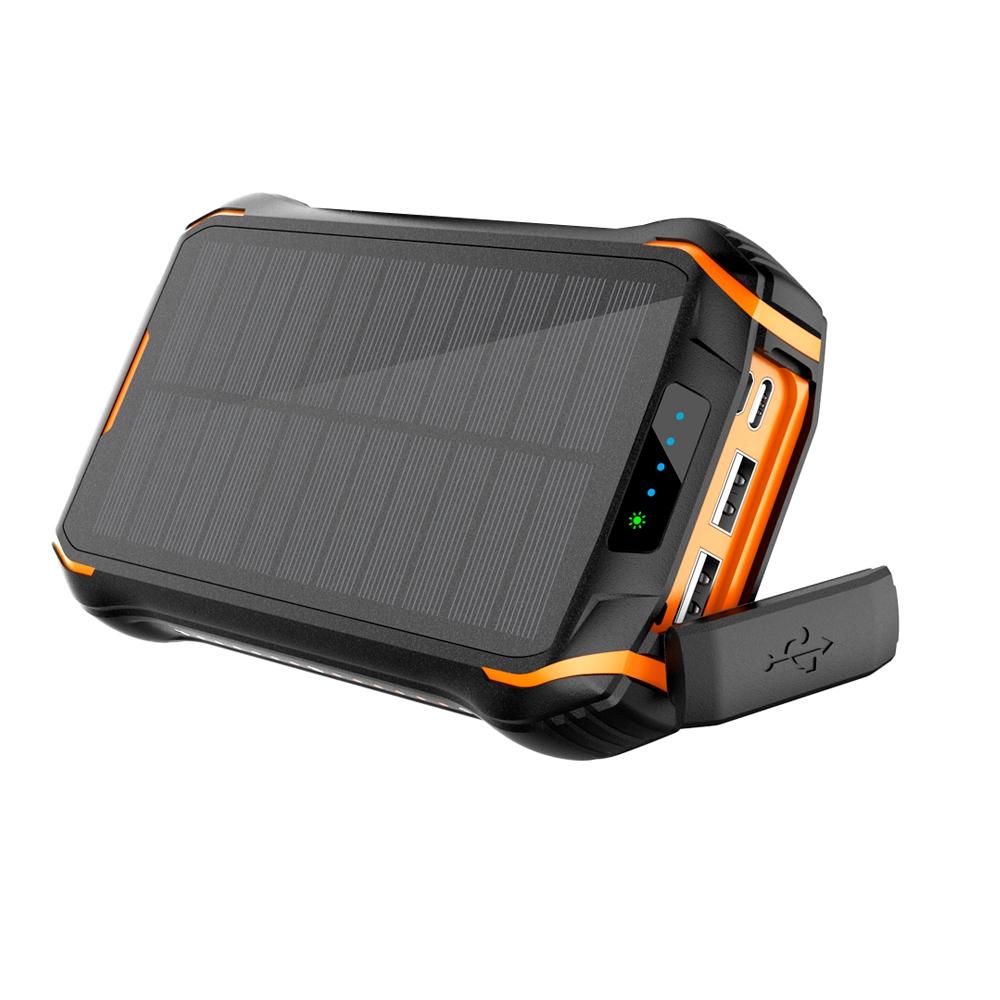
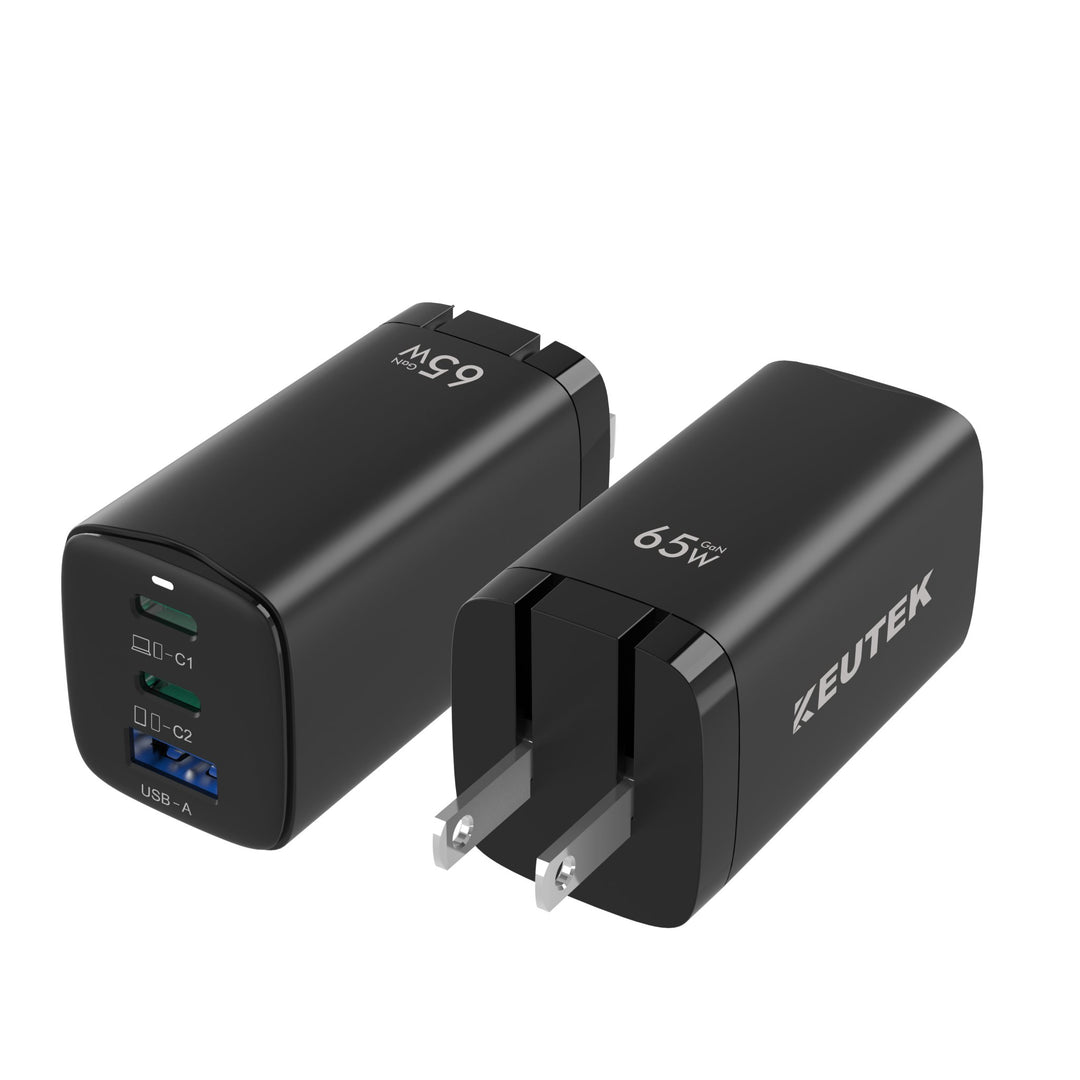
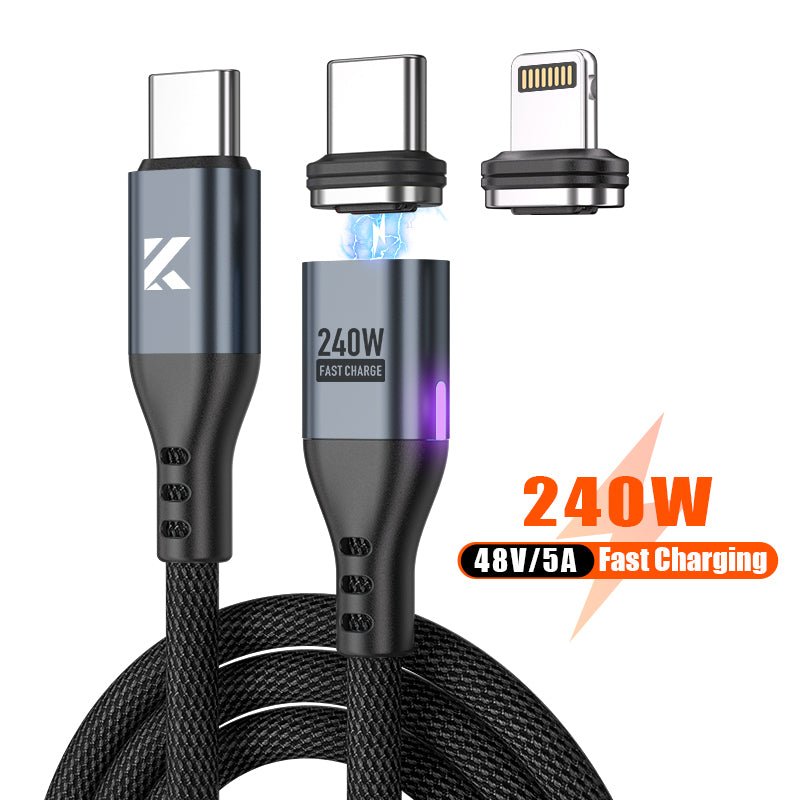
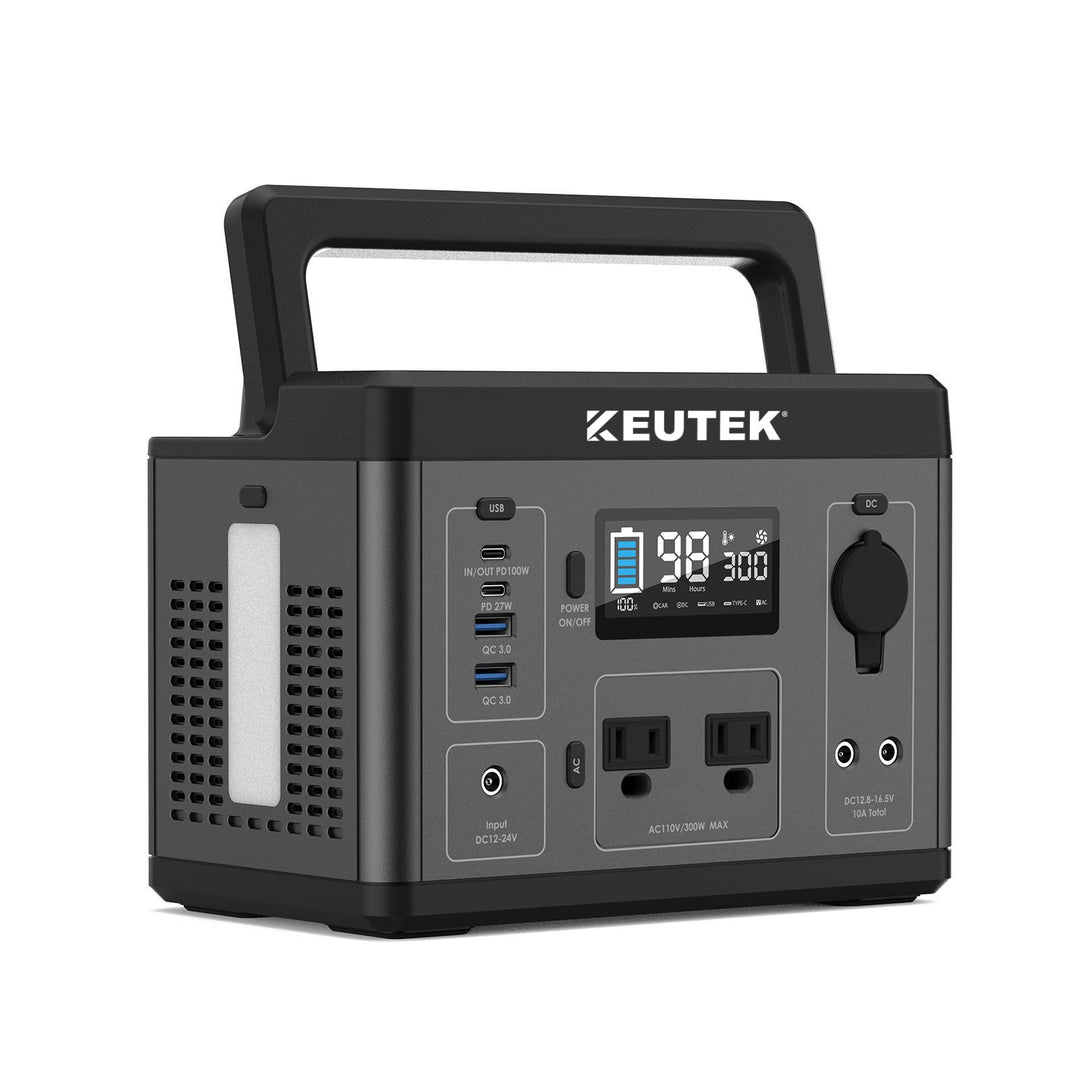
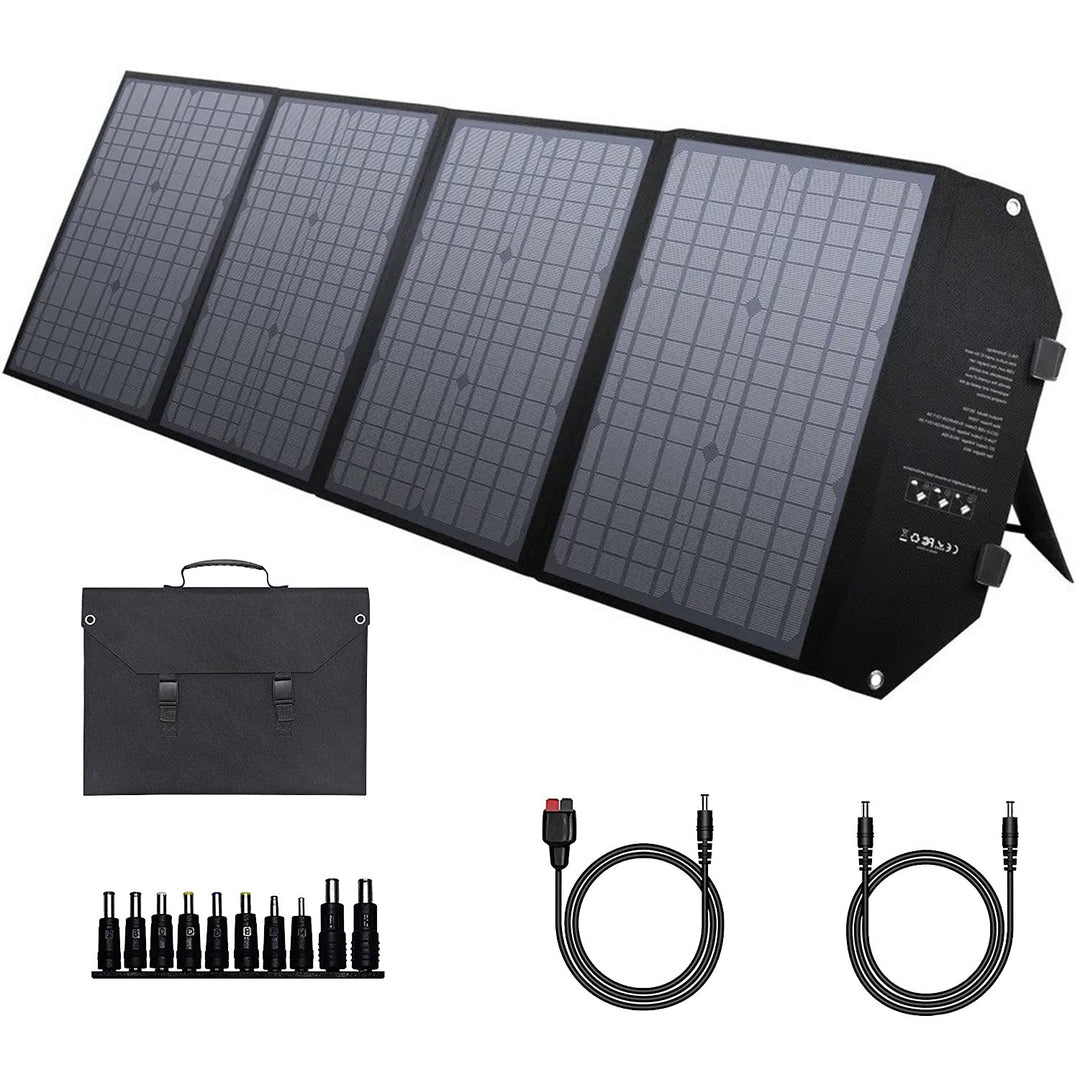
Leave a comment